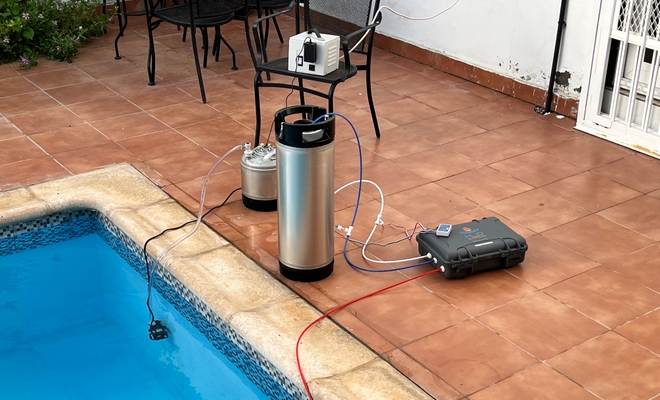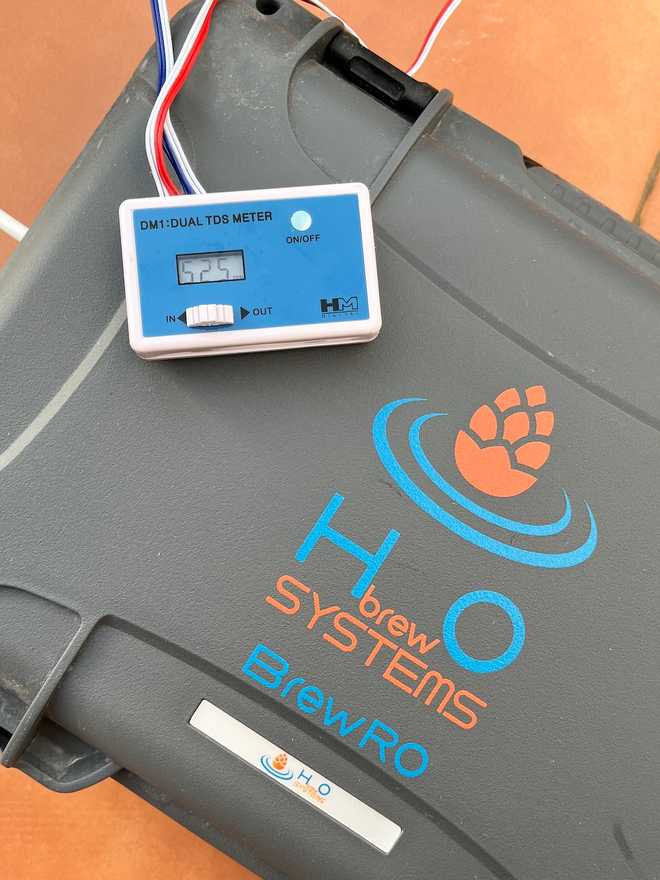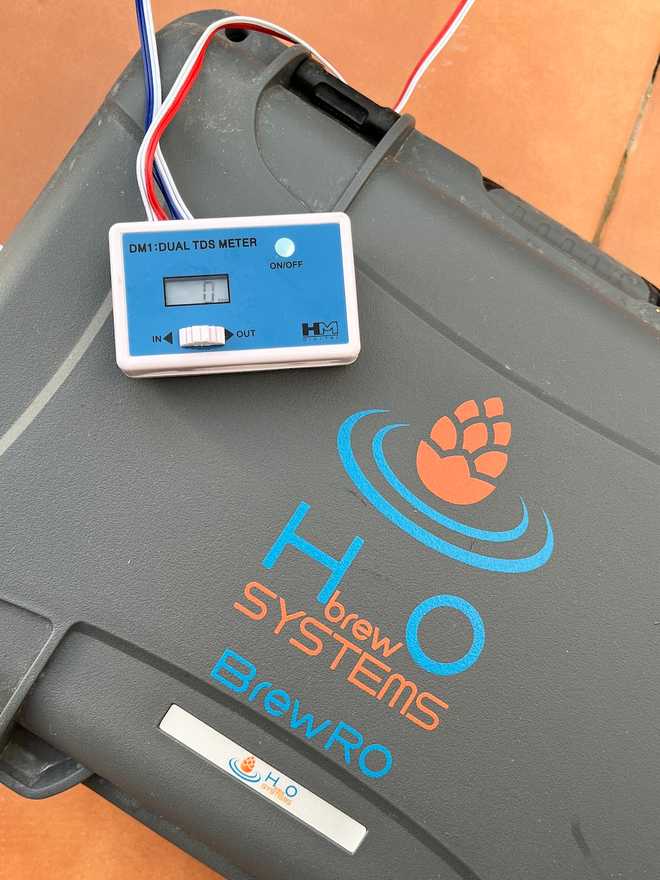Water Shortage: Brewing > Swimming

There’s a water shortage in this part of West Africa. Brewing beer requires a lot of water: from the obvious creation of the beverage itself, to cooling the boiling wort before fermentation, and cleaning all the equipment. When you decide to open a brewery in the Sahara, you should probably think through water scarcity. In my case, I decided I like brewing beer more than I like swimming.
Turning Water into Water
The brewery is fed from a cistern (aka a pretty dirty tank underground that periodically is fed city water and receives supplemental water deliveries). During this water shortage, the city water is nonexistent, and given the small size of the cistern water deliveries alone won’t be a reliable source of brewing (and, you know, drinking) water even in the short-term. So short of placing pots on the roof and waiting for rain, we needed to get thoughtful about how we’re going to keep water flowing in the brewery.
Before we moved to West Africa, I purchased a portable reverse osmosis system. This is one of those things that clearly doesn’t scale, but at our current size and product output it will work fine for the next couple months. It’s not a fast option either: it can filter around one gallon per hour. We’ve clearly found a way to make brew day into brew week.
Without pulling water from the cistern, there are two viable options: pillage water from the small pool behind the brewery or filter seawater. Again, this is one of those things that doesn’t scale: I chose at least initially to filter pool water and store it in the hot liquor tank in preparation for brew day.
TDS input. Pool water won't kill you but...
Fast forward to a functioning system with a submersible pump feeding a small keg that then forces water through the RO system, and the output of the RO system slowly filling a five gallon keg. I dump five gallons of RO water in the hot liquor tank at a time–it’s a slow process but it beats shutting down and draining the existing inventory from the brewery.
Post-filtration TDS
What’s Next
For cleaning the brew house, I’ll likely keep a couple kegs of water on hand for cleaning and sanitizing. Cooling the wort is a little easier: I can pump water in from the pool, through the brew house heat exchanger, and back out to the pool as a closed system. The pool water isn’t as cold as you’d need to get the wort down to pitching temperature, but I supplement that by using the glycol chilling system in the primary to reduce the temperature the last 10-20℉ before oxygenating and pitching the yeast.
There’s also an interesting opportunity to brew the next iteration of beer with local wild yeast using local, filtered seawater. The brewery is about a mile or so from the beach, and I plan to filter 20-30 gallons of seawater for use in an upcoming wild pale ale. More on that in an upcoming journal entry; but in the meantime, we’re looking forward to keeping the doors open in a sustainable way while the water shortage continues.
